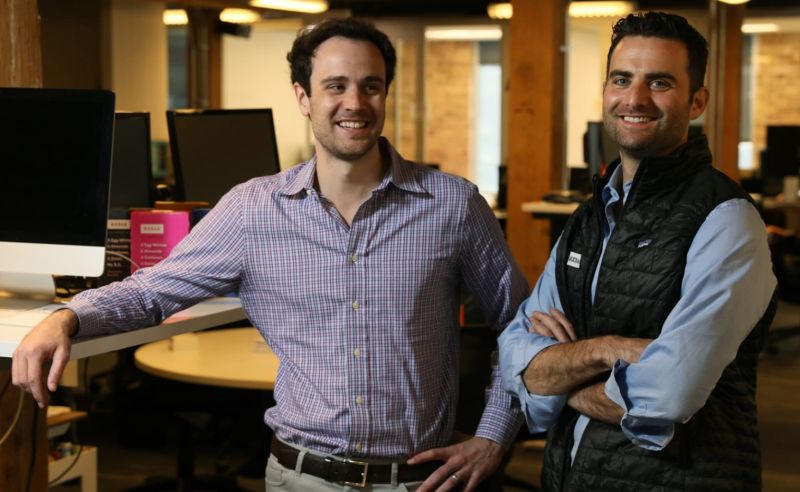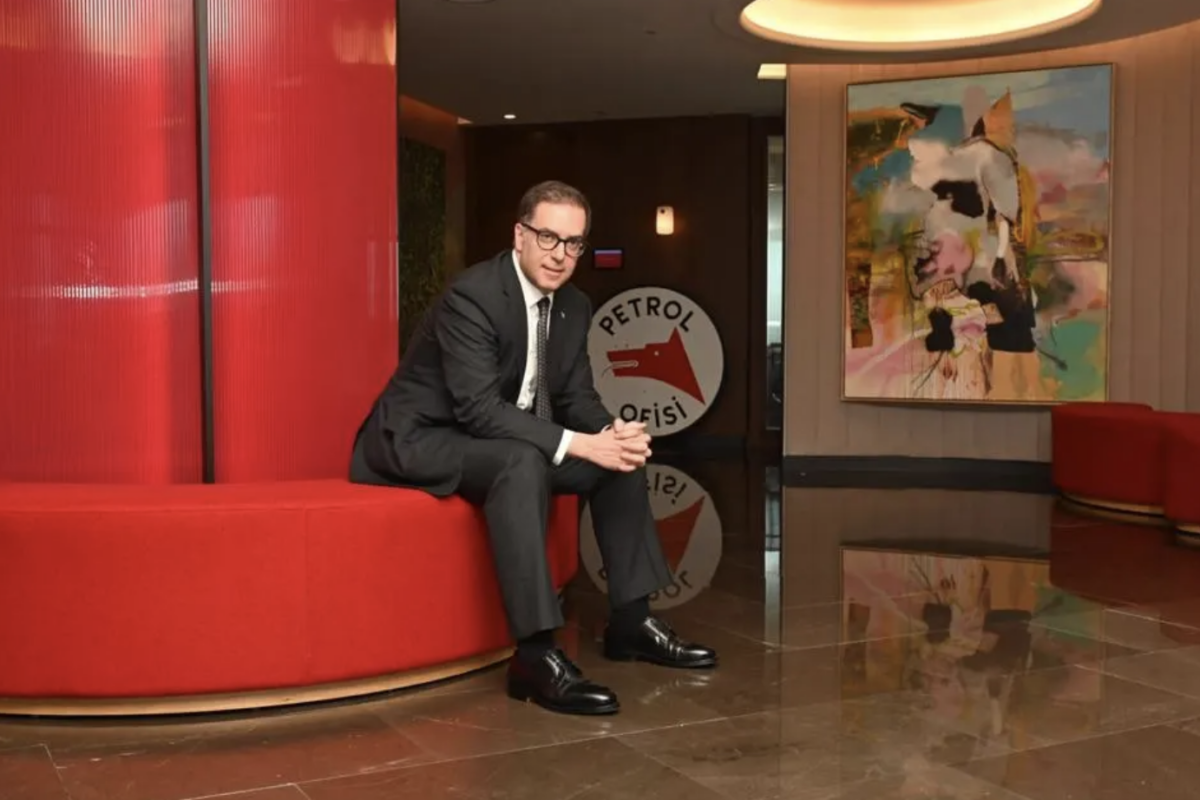You know what your customers are buying, but do you know what they’re really trying to get done? As business management legend Peter Drucker wrote over 50 years ago, “The customer rarely buys what the company thinks it sells him.” More recently, Harvard’s Clayton Christensen popularized the concept that people are trying to get jobs done, and oftentimes a very wide assortment of products and services – as well as doing nothing – compete to deliver on those jobs. If you don’t understand your real competition, how can you beat it?
To answer the questions imperative to business success, brand strategy experts from The Blake Project teamed with Jobs To Be Done customer motivation experts and developed the Jobs To Be Done Workshop, a proven way to systematically uncover the drivers of customer behavior.
The Jobs To Be Done Workshop is offered in one and two-day versions as well as mini-two hour versions, each works step-by-step through a Jobs Atlas approach to develop a holistic view of competition and opportunity. It’s centered on one client and designed for Action Learning – learning by doing – the results are both a nuanced understanding of customers and ideas about how to serve them better. Components include:
- The difference between Jobs and Needs, and how you can understand what causes behavior to happen
- The types of drivers that lead people to prioritize different Jobs at different times
- How to evaluate pain points and journey maps in the right context, understanding not just what people do but why they do it
- Success criteria that customers use to evaluate new solutions
- How to avoid obstacles to adopting new offerings
- Understanding the value that your brand can create by addressing the right jobs for the right customers in the right occasions
The Jobs To Be Done Workshop is highly facilitated and underpinned by examples of best practices and interactive exercises. The design is typically an offsite or via videoconferencing with 6 to 20 people. Participants usually come from brand marketing, product management, R&D, and general management. The outcomes of The Blake Project’s Jobs to be Done Workshops have proven vital for startup, emerging, regional, national, global B2C and B2B brands in gaining:
- New perspective on what motivates customers
- Ways to acquire new types of customer understanding
- Unique approaches to brand strategy
- A new take on competitive positioning
- Ideas on how to seize opportunities created through insight
Many companies try to create the future by looking backward. They focus on what they are already selling or doing and on how their customers currently behave. By focusing on jobs, you look deeper—at what really drives behavior. This perspective can completely change the strategic approach, and it ensures that ideas connect with customers’ true motivations rather than with what they happen to be doing today. A Jobs approach sets you up to win both today and into the future.
The Catalyst For A Brighter Competitive Future
Focusing on Jobs to be Done, rather than on past customer purchase behavior, allows you to define a broader solution space with more opportunities for competitive advantage and or innovation. Here is a summary of the key points and the lens we will use in the Jobs To Be Done Workshop.
Job Drivers:
- Job drivers are the underlying factors that make particular jobs more or less important for different types of consumers.
- Job drivers can be uncovered by looking at three broad categories: attitudes, background, and circumstances.
- Jobs and job drivers combine to yield customer segments—groups of customers who will buy and behave in similar ways.
- Rather than building fully loaded, one-size-fits-none products, new offerings should be targeted to specific customer segments by focusing on the jobs that are important to those specific consumers.
Current Approaches:
- The product purchaser is just one of several stakeholders who may need to be satisfied with your new offering. Consider whether there is an end user or other key decision maker who will need to be satisfied.
- Current approaches are the range of activities that collectively represent a customer’s way of doing something. Pain points—a breeding ground for innovation—are the areas of difficulty, frustration, or inefficiency along the way.
- Because context can affect which jobs are in play, remember to ask about specific occasions (not just average behavior), getting as detailed as possible.
- Consumers are often attached to their current approaches, so carefully consider how fast you can expect consumers to change their behavior if your solution requires such change.
Success:
- Success criteria are not jobs but rather indications of whether a job has been satisfied.
- The success of a new product will often require homing in on particular occasions and contexts that are the most important to the customer.
- To get started, try understanding what customers want more of, what they want less of, and where they’re seeking a balance.
- Your new solution may ultimately require making trade-offs. It’s perfectly acceptable to give up on features that matter to a limited number of customers as long as you excel along the dimensions that matter most to your targeted customer segments.
Obstacles:
- Obstacles come in two forms: obstacles to adoption and obstacles to use.
- Obstacles to adoption are hurdles that limit a consumer’s willingness to buy an offering.
- Obstacles to adoption can be reduced by making it easy for people to learn about and try your new offering.
- Obstacles to use are hurdles that get in the way of success, thereby limiting a customer’s likelihood of continuing to use a product, purchasing add-ons, or upgrading to newer versions.
- Continuously acquiring a new customer base is often too costly to be sustainable, making it important to eliminate obstacles to use so that first-time buyers become repeat buyers.
Value:
- Understanding how much money is at stake with respect to a new solution requires framing markets in terms of jobs, not products.
- A value-based pricing strategy that accounts for the unique or emotional jobs your offering satisfies can help you more accurately understand how expensive your solution can and should be.
- In addition to thinking about the value you’re offering the customer and other key stakeholders, your solution needs to bring in value for the organization. Consider whether your model allows you to sustainably capture value.
Competition:
- Beyond your traditional or direct competitors, your offering also competes against other offerings that satisfy the same jobs.
- Because consumers will look outside your product category to satisfy their jobs to be done, familiarize yourself with the entire spectrum of direct and indirect competitors, and position your products accordingly.
- By applying a Jobs-based lens, your broader view can also illuminate more avenues for growth.
- Areas of non-consumption—the areas in which your competitors aren’t currently playing—can offer substantial potential, but they also carry some degree of risk.
- Think about both traditional and nontraditional competitors in terms of your relative advantages, flexibility, and risk.
Please email us for more about how this workshop can help your offering earn a place in the future.
Branding Strategy Insider is a service of The Blake Project: A strategic brand consultancy specializing in Brand Research, Brand Strategy, Brand Growth and Brand Education




